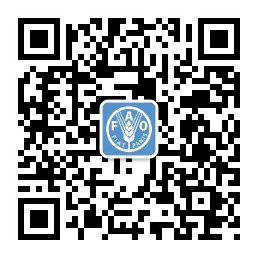Data resources
AIMS provides tools, standards and resources to be used in the agricultural information management domain. Throughout the Data Resources page users will find resources that can be used within the context of agricultural information management. The objective is to provide support to information workers to find existing standards and information management tools that best suit their needs.
AIMS is engaged in supporting a number of initiatives in order to contribute to sustainable agricultural development including:
- facilitate the supply and exchange of qualitative and interoperable data sets;
- enhance knowledge sharing and reusing;
- forge new bonds of cooperation in the semantic (in agriculture and beyond) ecosystem
Strategies developed, promoted and advocated by AIMS in support of effective data, information and knowledge management and exchange are focused on:
- descriptive metadata with openly defined and formatted semantics on support of use cases beyond bibliographic indexing;
- open vocabularies, concept schemes and other knowledge organization systems/services (KOS);
- Semantic Web models and tools, including linking open data (LOD);
- recommendations and best practices for (meta)data publishing and usage;
- open (and widely used and globally significant) standards and techniques to facilitate mixing and matching data from different distributed infrastructures.
To contribute to FAO priorities to share knowledge and information for free in a number of knowledge domains, the AIMS community:
- organizes and participates in different events, conferences, meetings and networks (at global, regional and country levels) to share knowledge and novel approaches in the development and implementation of applications and sustainable infrastructures of interoperable data;
- supports institutions that wish to benefit from initiatives related to (meta)data interoperability and knowledge exchange, in alignment with Semantic Web and, in particular, with LOD principles. “Semantic Technology makes everything connected to anything and helps to build Linked Data through intricate models for representing information” (OntoText).

